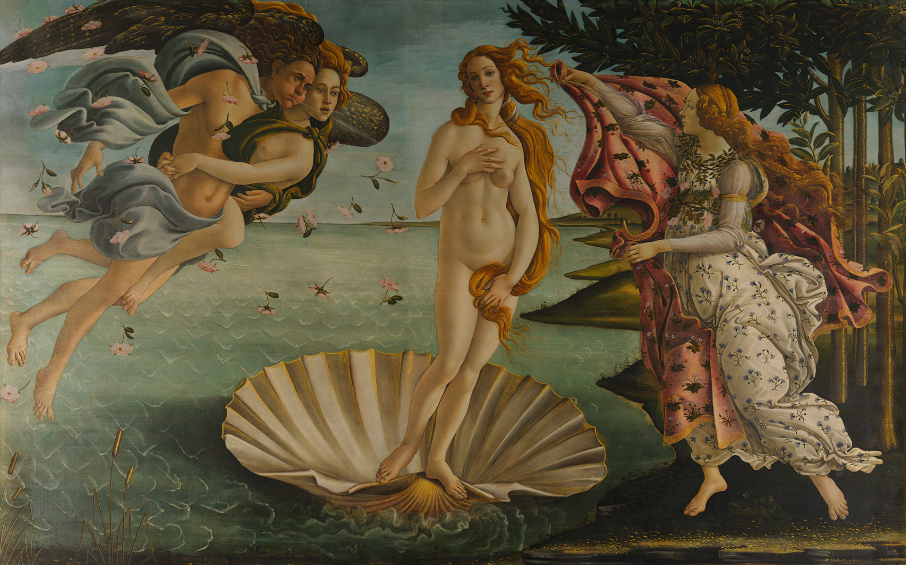
Many years ago, my father told me that everybody should paint, something, anything, everyday, regardless of what they do professionally or whether they are good at it or not. He said that if people drew every day for as little as 10 minutes, they’d be so much better at what they do. I didn’t take his words seriously, thinking that it’s coming from a biased innate artist, until I did. And, he is right!
It is scientifically proven that drawing, labelled as ‘creative’ activities, increases many of the cognitive functions. It stimulates your brain, boosts Serotonin, Endorphins and Dopamine, all the positive brain chemistry so to speak and, on top of that, gets the brain stems thicker. The benefits list can also be extended to stronger communication skills, improved emotional intelligence, increased intuition and we can write about them endlessly.
But if you are eager to intentionally get the creative juices flowing, learn to look at things from different perspectives, encounter alternative approaches to your daily work related tasks, here are a couple of drawing exercises that will help you get there.
Non-dominant hand drawing.
Take a minute or two, pick an object in front of you or look at yourself in the mirror or the mirror front camera of your phone and draw with your non-dominant hand.
Although there is no scientific evidence that ambidexterity particularly increases brain fitness more than regular drawing would, it will, most definitely, help you to look at things from different perspectives and access your inner child with primal emotions.
Upside-Down drawing.
This technique will help you learn to ‘forget’ what you know and focus on what you see. Pick an image of someone’s face or a slightly sophisticated object, you decide. Turn it upside-down and start copying it.
I can assure you that you’ll feel slightly intimidated and probably assume that it’s going to be challenging to accomplish. But all you need to do is to dismiss from your mind the fact that you’re drawing a human face or an object that is upside-down. Instead you need to explore the details, concentrate on the actual shapes, lines, angles, the light, the dark that you see. And when you are done, turn it the right way up and I can assure you that you will be surprised.